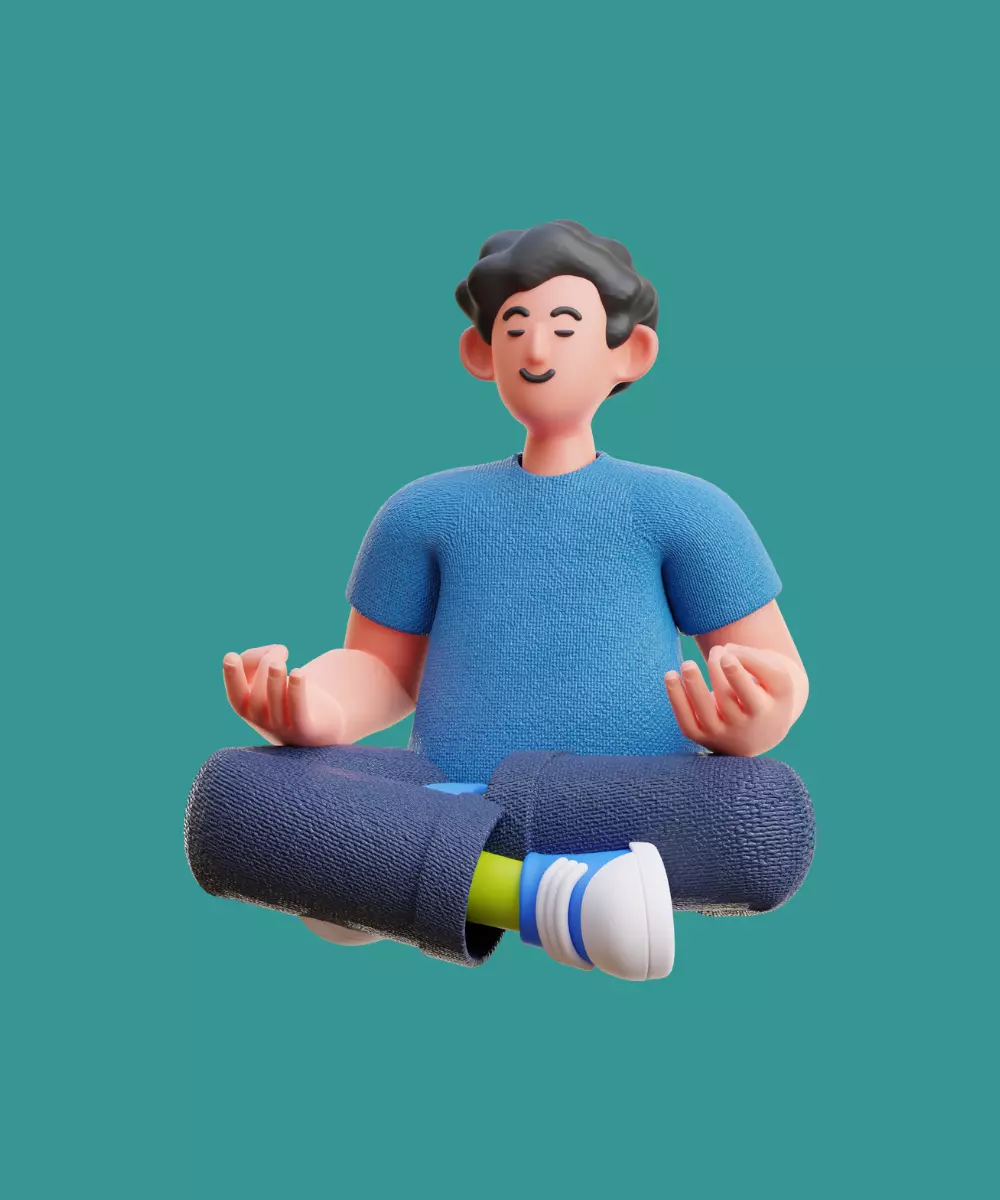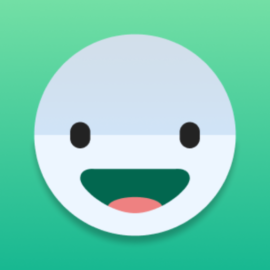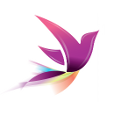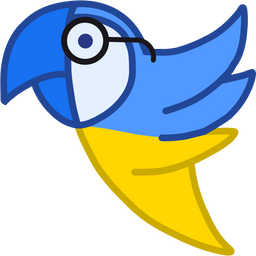In an era marked by rapid technological advancements, the integration of technology and mental health care has paved the way for an array of solutions aimed at improving mental well-being. Mental health apps have burgeoned into indispensable resources, making mental health services and support more accessible, inclusive, and user-friendly. These digital platforms offer a vast range of tools, from mindfulness and meditation guides to professional counseling and therapeutic resources, addressing the diverse needs of individuals seeking mental health support.
As we embark on this exploration, it’s imperative to remember that mental health apps are more than just digital platforms; they are catalysts for change, promoting mental health awareness, reducing stigma, and making mental well-being a tangible, achievable goal for all. This guide aims to empower you with knowledge and insights, enabling you to contribute to this transformative journey and to be a part of the global movement towards a mentally healthier world.
Mental Health Apps Market Overview
The mental health apps market is emerging as a cornerstone in the technological and healthcare intersection, reflecting the world's intensified focus on mental wellness. This segment is seeing robust growth, serving as a testament to the escalating importance and reliance on digital platforms for mental health support.
Robust market growth
Statistical data and market studies reveal a striking growth trajectory for mental health apps. According to a report by Grand View Research, the global mental health apps market size was valued at USD 1.40 billion in 2020 and is expected to grow at a compound annual growth rate (CAGR) of 17.6% from 2021 to 2028. This surge can be attributed to the increasing prevalence of mental illnesses and the rising awareness regarding mental health.
Diversity in user demographics
Mental health apps are reaching a broad and diverse user base, appealing to different age groups, socio-economic classes, and geographies. This extensive reach, ranging from teenagers to the elderly, signifies the universal applicability and indispensability of these apps in addressing a myriad of mental health needs.
Thriving competitive landscape
The sector is teeming with competition, with numerous players endeavoring to carve a niche through innovation, user-centric designs, and impactful solutions. This competition fuels a cycle of continuous refinement and advancement, ensuring the development of apps that are not only responsive to user needs but also aligned with emerging trends and technologies.
Investment and innovation nexus
The promising prospects of the mental health apps market have drawn significant investments, propelling innovations and developments within this sphere. This influx of capital is not merely a pursuit of monetary returns but represents a concerted effort to enhance the accessibility and quality of mental health resources and services.
Types of Mental Health Apps
In the realm of mental health apps, diversity is a key characteristic, offering solutions that span across a wide range of needs and preferences. This diversity allows users to choose apps that are most aligned with their individual mental health journeys. Here’s a closer look at the various types of mental health apps, illustrated with real-world examples that have made significant impacts in the field of mental well-being.
Meditation and mindfulness apps
These apps focus on meditation techniques and mindfulness practices designed to improve mental clarity, concentration, and relaxation. They offer structured guides and resources to help users cultivate a sense of peace and presence in their daily lives.
Example: Headspace

Headspace is a globally recognized app offering guided meditations, mindfulness exercises, and sleep resources. It is designed to reduce stress, improve focus, and foster a sense of balance and peace, catering to users seeking mental tranquility and self-awareness.
Mood tracking apps
Mood tracking apps enable users to monitor their emotional states over time, allowing for the identification of mood patterns and triggers. This insight can be essential for managing mental health conditions and improving emotional well-being.
Example: Daylio

Daylio enables users to keep a private journal without the need to type a single line. It allows users to log their moods and activities, offering insights and patterns that help in managing mental health and overall well-being.
Counseling and therapy apps
Counseling and therapy apps connect users with licensed mental health professionals for confidential consultations and therapy sessions, offering support for a variety of mental health conditions and concerns.
Example: Talkspace

Talkspace connects users with licensed therapists for text, voice, and video sessions. It is a beacon for individuals seeking professional counseling services to navigate through mental health challenges, making therapy accessible, anonymous, and convenient.
Stress management apps
These apps offer resources and tools focused on helping users manage and reduce stress through relaxation techniques, meditation, and other stress-relief activities.
Example: Calm

Calm is a multifaceted app providing meditation exercises, sleep stories, and music, focused on reducing anxiety, improving sleep, and managing stress. It is renowned for its versatile and user-friendly approach to mental wellness.
Mental health peer support apps
Peer support apps connect individuals seeking mental health support with peers who have experienced similar challenges, creating a supportive community and shared understanding.
Example: 7 Cups

7 Cups connects users to caring listeners for free emotional support. It is a platform where people seeking support can interact with individuals who have had similar experiences, fostering a sense of community and shared understanding.
Cognitive behavioral therapy (CBT) apps
CBT apps employ the principles of cognitive-behavioral therapy to help users identify and challenge negative thought patterns and behaviors, offering support and coping strategies for various mental health conditions.
Example: Woebot

Woebot is a chatbot created by psychologists from Stanford University. It employs principles of CBT to engage with users, helping them to identify cognitive distortions, manage stress, and learn coping mechanisms, bridging the gap between technology and mental health support.
Substance abuse recovery apps
These apps provide support, resources, and community connections for individuals in recovery from substance use disorders, aiding in maintaining sobriety and preventing relapse.
Example: Sober Grid
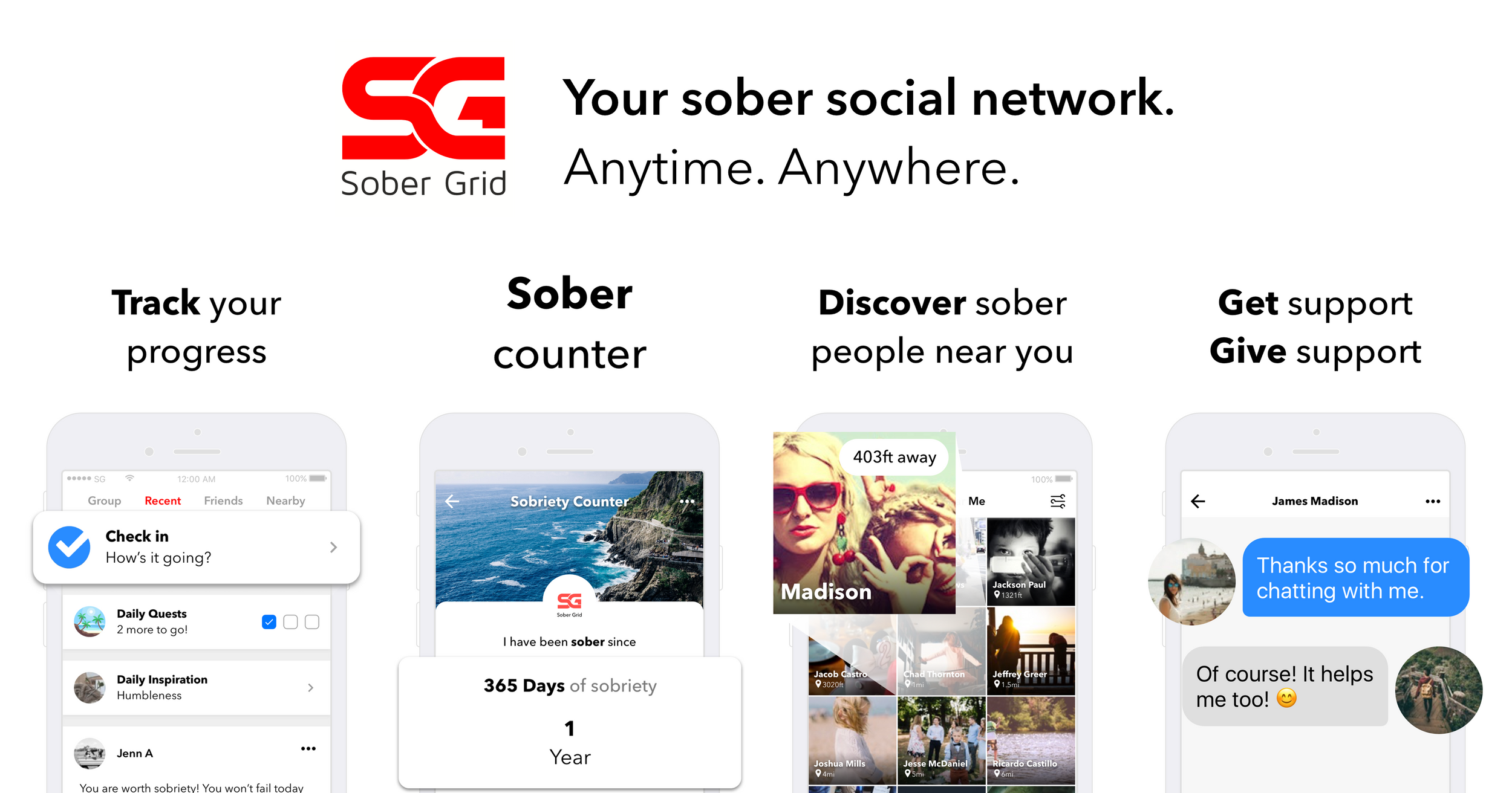
Sober Grid is a social network for individuals in recovery from drug and alcohol addiction. It provides a platform for peer support, connection with fellow sober individuals, and tools to maintain sobriety, contributing to the ongoing journey of recovery.
Eating disorder management apps
Eating disorder management apps offer resources, support, and tracking features for individuals dealing with eating disorders, aiding in the recovery process and promoting healthy eating habits.
Example: Recovery record

Recovery Record is a comprehensive eating disorder management app, allowing users to log meals, thoughts, and feelings, and providing clinician access to monitor progress. It is instrumental in offering support and insights for individuals navigating through eating disorders.
Mental Health App Main Features
In the intricate landscape of mental health apps, identifying and incorporating the right features is pivotal. These features form the backbone of the app, ensuring that it meets user needs efficiently, provides optimum user experience, and stands out in the competitive market. Here are the main features that are integral to mental health apps:
| Feature | Description |
|---|---|
| User-Friendly Interface | A clear, intuitive, and easy-to-navigate interface allows users to interact with the app seamlessly and access features and information without any hassle. |
| Secure User Authentication | Robust, secure user authentication protects user data from unauthorized access and reinforces user trust and compliance with data protection regulations. |
| Personalized User Profiles | Users can input their preferences, needs, and goals, allowing the app to tailor content, recommendations, and interventions to individual requirements. |
| Mood Tracking and Analysis | Users can log their emotional states, providing valuable insights into emotional patterns, triggers, and overall mental well-being. |
| Cognitive Behavioral Tools | These tools help users in identifying and challenging negative thought patterns and behaviors, enabling effective management of various mental health conditions. |
| Resource Library | A comprehensive library with content on mental health topics provides users with valuable information and support and serves as an educational tool. |
| In-App Messaging and Communication | This feature allows users to communicate with healthcare providers or peer support groups within the app, facilitating real-time support and interaction. |
| Emergency Support and Crisis Intervention | Features offering immediate support and crisis intervention with quick access to emergency contacts or immediate support can be lifesaving in crisis situations. |
| Reminders and Notifications | Customizable reminders and notifications aid users in maintaining a routine, managing medication schedules, and staying engaged with the app. |
| Privacy Controls and Data Security | Robust privacy controls and advanced data security measures assure users of the confidentiality and security of their data. |
| Feedback and Support | A feature allowing users to provide feedback and access support enhances user experience and helps in the continuous improvement of the app. |
5 Steps to Create Your Own Mental Health App

Building a mental health app requires a meticulous approach, emphasizing user-centric design, security, and effectiveness. Here are five crucial steps to help you navigate through the creation of a mental health app, ensuring it aligns with user needs and industry standards.
Step 1: Conduct market research
Start with extensive market research to understand the existing mental health apps, their features, and what they lack. Identify your target audience, their preferences, and needs. Examine competitors, study user reviews, and understand the market gaps that your app could fill. This step will help you in defining your app’s unique value proposition and feature set.
Step 2: Define your app’s purpose and features
Based on your research, clearly articulate the purpose of your app. What mental health issues does it address? Who is it for? What solutions does it offer? Outline the features that will support the app’s purpose and meet user needs, focusing on user-friendly design, engagement, and effectiveness.
Step 3: Design user experience (UX) and user interface (UI)

Once the app’s purpose and features are defined, focus on creating an intuitive and engaging user experience and interface. Develop wireframes and prototypes, emphasizing simplicity, clarity, and ease of navigation. Design aesthetically pleasing visuals and interactive elements to enhance user engagement and satisfaction.
Step 4: Develop and test the app
Now, proceed to the development phase. Decide the technologies, frameworks, and tools to be used, considering Flutter for cross-platform development. Keep in mind your app’s requirements, scalability, and performance. Develop the app following best practices and coding standards. Once the development is complete, rigorously test the app for functionality, performance, security, and user experience, refining it based on the feedback and findings.
Step 5: Launch and market the app
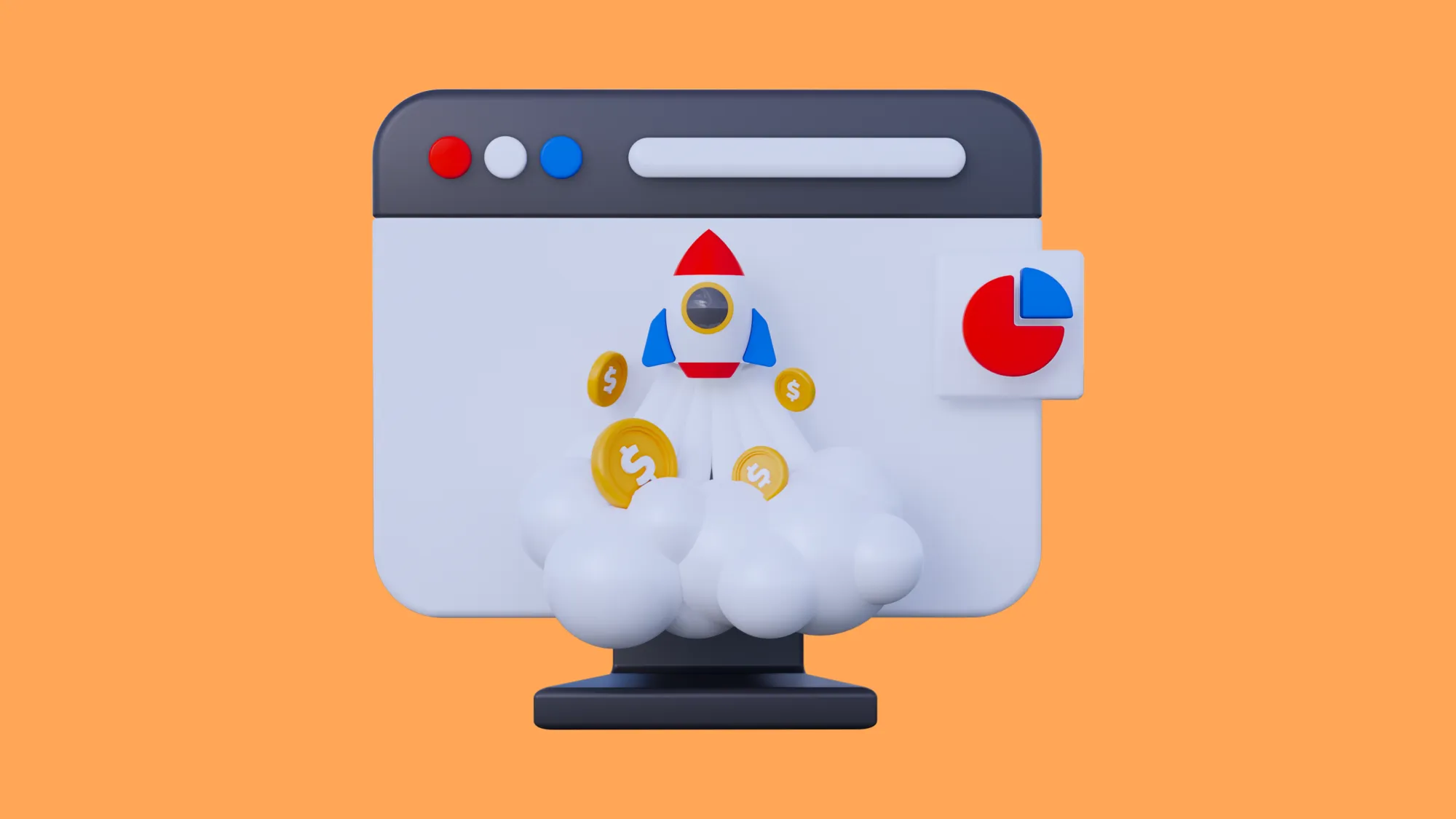
After thorough testing and refinement, launch the app on the relevant platforms. Develop a robust marketing strategy to promote your app, focusing on its unique value proposition and benefits. Use various channels like social media, content marketing, and influencers to create awareness and drive downloads.
How Much Does It Cost to Build a Mental Health App?

Understanding the cost involved in developing a mental health app is crucial as it allows for adequate budgeting and resource allocation. The cost to build such an app can vary widely based on several factors, including the app’s complexity, features, development time, and the geographical location of the developers. Below, we will break down the costs based on three different sizes of apps: small, medium, and large.
| App Size | Features | Approximate Development Time | Cost |
|---|---|---|---|
| Small size apps |
|
400-600 hours | $10,000 to $30,000 |
| Medium size apps |
|
600-1000 hours | $30,000 to $70,000 |
| Large size apps |
|
1000-1500 hours or more | $70,000 to $150,000 or more |
Our Experience in Mental Health App Development
What the Flutter has extensive experience in developing cutting-edge mental health apps, utilizing Flutter to create holistic, user-friendly solutions. Our portfolio includes diverse apps, each designed to address unique mental health needs, integrating advanced features like AI-driven analytics, secure communication channels, and personalized content delivery.
By leveraging our deep technical expertise and industry insights, we empower clients to transform their visions into impactful digital solutions, driving user engagement and contributing to mental well-being.
Conclusion
Embarking on the journey to develop a mental health app involves intricate planning, adept execution, and a profound understanding of user needs. Throughout this article, we have navigated through the essentials of developing a mental health app, elucidating market insights, significant features, development steps, and the varied costs associated with different app sizes.
At What the Flutter, we specialize in leveraging the innovative and versatile capabilities of Flutter to craft user-centric, scalable, and high-performing apps that aim to make a significant impact in the mental health domain. Our commitment is not just to transform ideas into reality but to contribute meaningfully to mental wellness through technologically advanced solutions.
Whether you are a seasoned enterprise or a start-up aspiring to make a difference in mental health, we are here to assist you every step of the way. Reach out to us at What the Flutter, and let's collaborate to create transformative and empathetic mental health apps that resonate with users and address their needs effectively. Let’s work together to innovate mental wellness solutions for a healthier, happier world!

